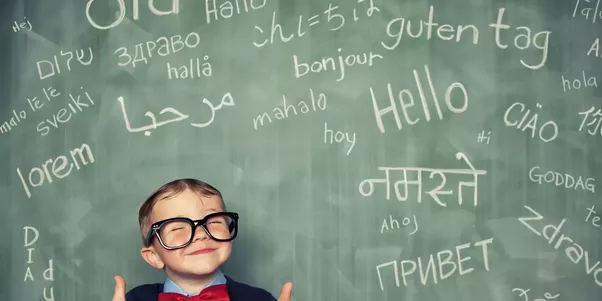
It’s clear that some people pick up languages more quickly and effectively than others. This, of course, depends on various factors, such as background, motivation, age, intelligence, aptitude, level of education, knowledge of other languages, etc. Another factor which could be important for successful learning is called ‘language-learning strategies’.
According to Wenden & Rubin, LLS is “specific actions employed to facilitate the learning and recall of one or several components of proficiency. Facilitation does not only imply making the process easier, but also making it faster, more enjoyable, more self-directed, more effective, and more transferable to new situations.”
There are a number of ways to group LLS. Direct strategies consist of memory strategies, cognitive strategies and compensation strategies. Indirect strategies consist of metacognitive strategies (how to coordinate the process), effective strategies (how to control emotions, and social strategies.)
Everyone learning a language uses LLS. Those who are successful at doing so chose the most appropriate strategy for addressing a specific learning obstacle or task.
One of the most popular and accessible manuals for learning more about LLS is called “Learning to Learn English” by Ellis & Sinclair, published in 1989. Non-native speakers have a better chance at explaining LLS to their students, as they’re also conscious learners of English. As such, their training should also touch upon the role of LLS
Source: Peter Medgyes, “Teaching language-learning strategies”, The Non-Native Teacher
 Blog EBE English Book Education
Blog EBE English Book Education



